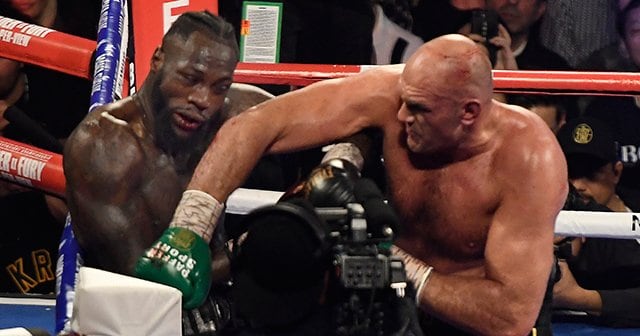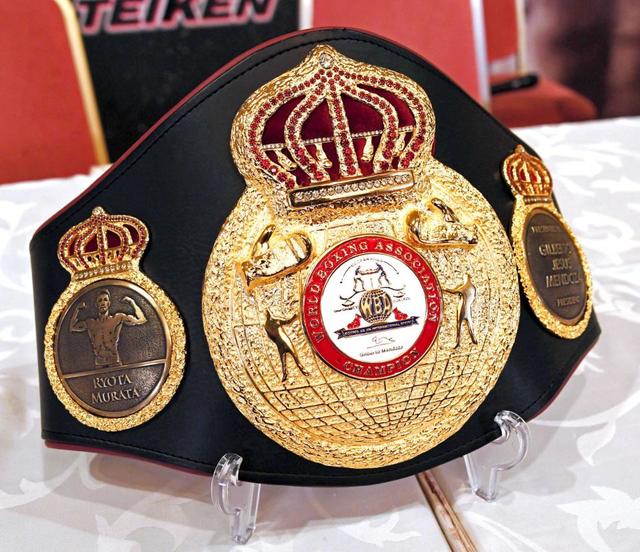
In the world of boxing, fight money is one of the elements that symbolizes a fighter’s status and success.
But there’s more to fight money than just numbers.
It shows how players build value throughout their careers and what strategies they use to maximize their income.
This article focuses on the reality of fight money in boxing and the efforts of fighters and promoters to maximize it.
目次
What is Boxing Fight Money?
Fight money in boxing refers to the compensation that fighters receive for participating in a match.
This compensation varies widely depending on the size of the match, the promotion, and the player’s popularity and performance.
Understanding the concept of fight money is essential when delving deeper into the economic aspects of boxing.
In this section, we will explore the basics of fight money and the differences in income between professional boxing and amateur boxing.
Basic knowledge of fight money
Fight money is determined not only by a fighter’s performance in a fight, but also by a variety of factors, including the box office revenue of the fight, broadcast rights fees, and sponsorship contracts.
Fighters who earn high fight money often attract a lot of attention and receive valuable opportunities to further develop their careers.
Difference in income between professional boxing and amateur boxing
In professional boxing, fighters earn fight money based on their performance and wins in the match.
In contrast, in amateur boxing, monetary rewards are not a direct motivator, and athletes pursue competitive results and fame at the Olympics and various championships.
However, there are cases where success in amateur boxing can be advantageous in negotiations and contract terms when turning professional.
In addition to fight money, a professional boxer’s income may also include income from pay-per-view revenue sharing and sponsorship deals.
These largely depend on the player’s brand value and popularity in the market.
Amateur boxers, on the other hand, tend to pursue non-monetary rewards such as pure passion for the sport and winning at the Olympics.
Fight money refers to more than just the amount of money you earn from winning a fight.
It is an indicator of a fighter’s market value, popularity, and status in the boxing world, and is an important factor in determining the direction of a fighter’s career, both professionally and amateurly.

Fight money situation of top boxers
Components of fight money
Fight money in boxing is not just a single source of income, but a combination of factors.
These factors include base salary, pay-per-view revenue, sponsorship deals, and non-competition revenue.
Here, we’ll dig into how these components contribute to a boxer’s income.
basic salary
Base salary is a fixed compensation that a boxer is guaranteed by participating in a match.
This amount varies widely depending on the player’s name recognition, past performance, and contract negotiations with the opponent.
Base salary is a boxer’s direct compensation for participating in a match and is independent of any other sources of income.
PPV (Pay Per View) Revenue
Pay-per-view revenue is the revenue paid to athletes each time a match is purchased through television rights fees or internet distribution.
PPV revenue can make up a large portion of the fight money, especially for big fights or fights involving well-known fighters.
This income is highly dependent on match visibility and viewership and reflects the player’s market value.
Sponsorship contract
Sponsorship contracts are where a company asks a boxer to promote their brand and pays a fee in return.
It is common for athletes to display sponsor logos on their trunks and entrance attire.
The income from these contracts is highly dependent on the player’s popularity and prospects on the market.
Non-game income: media appearances, merchandise sales
Activities outside of competition are also important sources of income for boxers. Media appearances, participating in movies and TV shows, and selling your own branded merchandise are ways for fighters to earn income in addition to fight money.
These activities capitalize on a player’s personality and popularity, allowing them to connect with fans and provide an additional source of income.
Understanding these components of fight money reveals how boxers earn their income and how the economic foundations that support their careers are built.
These sources of income are essential for boxers to support their lives outside the ring and pursue success inside the ring.

Fight Money Management and Investment
For boxers who earn large amounts of fight money, it is extremely important to manage that wealth wisely and ensure a stable financial position for the future.
This section focuses on Boxer’s financial management strategies and commitment to investing, tax savings, and philanthropy.
Smart financial management strategies for boxers
Strategies for boxers to manage their fight money wisely include working with professional financial advisors and accountants.
These experts can help you manage your income, save on taxes, and stay away from risky investments.
Additionally, it is important for athletes to recognize that their careers are relatively short-lived and start planning for retirement early.
This includes joining a pension scheme and saving plans to meet your living expenses in retirement.
Investing, tax saving, and philanthropic efforts
Investments : Smart investments are the key for boxers to increase their income and ensure long-term financial stability. Investing in real estate, the stock market, or startups are popular options, but it’s important to properly assess risk and diversify your investments.
Tax Savings : Effective tax saving strategies can help boxers legally reduce their tax burden. This includes things like investing in retirement accounts and taking advantage of tax deductions through charitable giving. Appropriate tax savings can improve an athlete’s financial position and promote future stability.
Philanthropy : Many boxers are actively involved in philanthropy in order to use their success to give back to society. Donating to a charity or starting your own philanthropic project not only helps your community, but also has tax benefits. Furthermore, contributing to the public interest may improve an athlete’s public image and increase sponsorship opportunities.
Managing and investing fight money is essential for boxers to have a stable life throughout their career and even after retirement.
With smart financial strategies, investments, and tax savings, boxers can secure their financial future.

Advice for young boxers: The path to fight money
Becoming successful as a professional boxer and earning significant fight money requires not only talent and hard work, but also a strategic career plan.
Below we offer advice on the steps and strategies young boxers should take to stand out in the professional world and increase their fight money.
Steps to become a professional boxer
- Solid foundation : It is important to have a strong technical foundation. Steadily build up your skills through steady training and strategic match selection.
- Ensure a good training environment : Working with an experienced trainer and practicing in a competitive gym are essential for growth.
- Build your track record as an amateur : Your track record as an amateur increases your negotiating power when turning pro. Success in domestic and international competitions has a direct impact on future fight money.
- Building Relationships with Promoters : Signing a deal with a strong promoter can pave the way for big fights and increase your fight money.
- Branding and Marketing : Branding using social media is important in order to appeal to the market.
Career strategies to increase your fight money
- Prioritize your performance in matches : Winning more wins is the most direct way to increase your fight money. High performance means an invitation to a bigger stage.
- Build positive relationships with the media : Increase your market value and attract interest from sponsors by increasing your media exposure.
- Be proactive about sponsorships : Sponsorship deals with sporting goods manufacturers and other brands provide a source of income outside of the game.
- Grow your fan base : Building a loyal fan base can increase your pay-per-view revenue.
- Financial management and investment : By managing your fight money wisely and investing it for your future, you can ensure a stable income even after your career ends.
By implementing these steps and strategies, young boxers can pave the way to success as a professional boxer and increase their fight money.
The important thing is not to be satisfied with short-term success and to build your career from a long-term perspective.

Summary: The future of fight money and the growth of boxing
Throughout its history, boxing has experienced significant growth not only in its development as a sport, but also in its economic impact.
This growth is also reflected in an increase in fight money, with the increased compensation available to professional boxers a testament to the popularity and professionalism of the sport as a whole.
The future of boxing fight money depends on both the challenges and opportunities facing the sport, and prospects for sustainable growth must focus on:
The development and economic impact of boxing as a sport
Boxing’s development is supported by technological advances, access to global markets, and the development of new fan bases.
The rise of digital media has transformed the way matches are distributed, making them accessible to fans around the world.
This not only directly contributes to increasing fight money, but also increases the global appeal of the sport of boxing.
The economic impact is further enhanced by increased sponsorship deals and media rights.
Prospects for sustainable growth of boxing fight money
In order to achieve sustainable growth for Fight Money, it is essential to maintain ethics and transparency as a sport.
The key elements are fair distribution of compensation to players, ensuring a healthy competitive environment, and consideration for the health and welfare of players.
The boxing world also needs to invest in the development and support of young athletes, discovering future stars and contributing to the development of the sport as a whole.
Additionally, sustainable growth requires innovative approaches to deepening relationships with fans and attracting new audiences.
This includes creativity in the presentation of matches and enhanced fan engagement using digital platforms.
The future of boxing fight money is closely tied to efforts to achieve sustainable growth for boxing as a sport.
By working together among athletes, promoters, fans, and sports organizations, boxing can further enhance its appeal and create a financially prosperous future.


![The key to victory in beach volleyball! A complete guide to the overhand pass [from beginners to advanced players]](https://planotatico.com/wp-content/uploads/2024/03/547922b507937b1df1237f2155310ba4-beach-volleyball-min.jpg)



